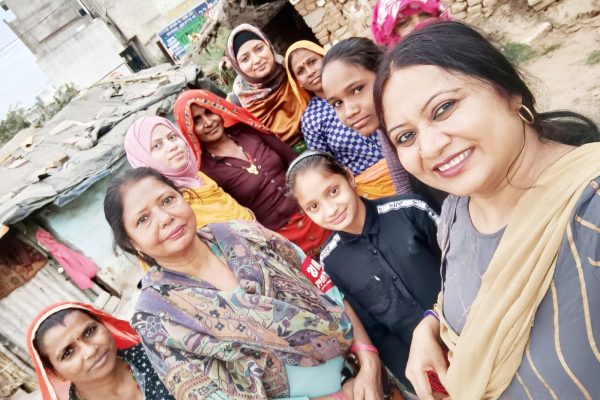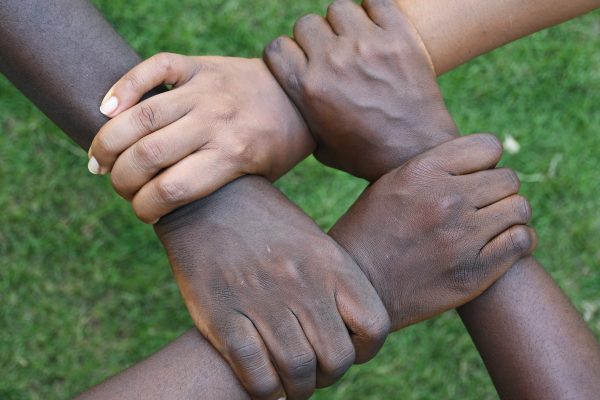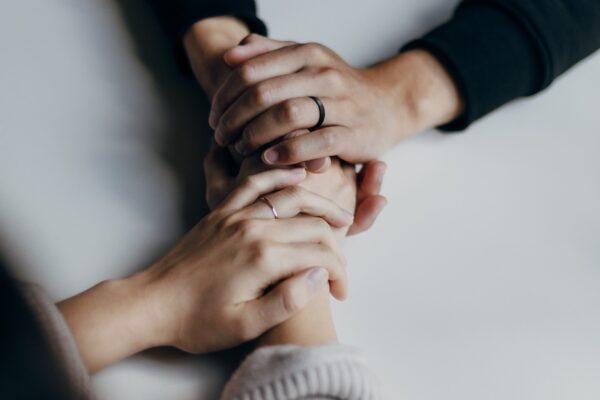Those with exorbitant amounts of money are privileged enough to buy certain protections that the majority cannot. They can afford to move out of the city, to stay home, to stock up on equipment and medicine. They have the freedom and means to act proactively.
There are people in our communities who literally can’t afford to live; and on the other side of the scale, people who can buy themselves more time. And while the wealthy aren’t immune, they do have the means to secure certain protections.
Though we all face the threat of COVID-19, not everyone is equally vulnerable to the virus. The pandemic has deepened disparities in health and wealth considerably. We have been forced to reckon with the realization that infection and poverty go hand in hand.
The global workforce has suffered a dramatic reduction in numbers over the past year and a half. The jobs of nearly half of the 3.3 million workers were threatened in 2020. On top of this, millions of the members of the working class lost their lives. Countless people working in warehousing, agriculture, food processing, grocery stores, restaurants, and food services died. Confinement, border closures, and trade restrictions disrupted virtually every aspect of agriculture from food production to markets. As a result, both domestic and international supply chains were hindered, and food systems around the world were crippled.
On a micro level, these losses also meant the loss of social protections and healthcare. Left without any adequate source of income, people are struggling to satisfy basic needs like feeding themselves and their families. By the end of 2020, the WHO projected an increase in the undernourished population to about 822 million people worldwide. Widespread hunger paints a clear and grim picture of just how disproportionate the effects of COVID-19 have been. Those most severely impacted by hunger are black and brown communities worldwide. In the United States, households of colour were found more likely to lack sufficient food during the pandemic according to the Centre on Budget and Policy Priorities.

Malnourishment and poor diet also make people more susceptible to suffering from complications and poor outcomes upon COVID-19 infection. The pandemic’s impact on the economy perpetuates a biological vulnerability in those of lower socioeconomic status, not only through malnourishment, but also through a lack of access to appropriate healthcare.
In the state of California alone, essential workers accounted for 87% of deaths attributed to COVID-19 between March 2020 and December 2020. These patients overwhelmed hospitals and healthcare workers, who scrambled to secure the time, space, staff, equipment, and medicine to treat infected patients.
At the same time, those who were very well-off were able to procure these resources for themselves.
As hospitals everywhere exhausted their supplies. epidemiologist Dr. Ashwin Vasan relayed stories to a CNN reporter about wealthy people buying ventilators for personal use, to keep on hand in case they became infected and needed them. Similarly, once word got out about the malarial drug hydroxychloroquine as a potential drug therapy, people began to purchase their own stashes.
Not only is this type of behaviour insensitive, it is also dangerous considering that the drug was still under clinical trials for use on COVID-19 patients. This means that untrained people had access to a drug that could easily be misused and unsafe to administer.
The wealthy are also likely people who do not depend on their weekly pay check. They have the types of occupations and financial stability that would allow them to halt working and not suffer any tremendous losses.
Many fled overcrowded cities in favour of properties in rural areas, where less people spelled less probability of infection.
CNN reporter Vicky Ward talked to members of the top 1% who seemed to be enjoying their time in isolation, spending their time in the Hamptons playing golf and having their food delivered from New York City. Most seemed more concerned about the potential financial losses of the economic shutdown than about getting sick.
Perhaps ironically, the US’s stimulus bill passed to provide working people with some financial relief also contained a big tax break for the very rich. One real estate investor recalls celebrating the passage of the bill with champagne. The reality is that many of the very rich got even richer during the pandemic; that elitism persists, even during a plague.
This is not to say that wealthy people did not worry or suffer. Many still got sick and mourned the loss of loved ones.
The burden of the pandemic weighs heavily on all of us.
But those with exorbitant amounts of money are privileged enough to buy certain protections that the majority cannot. They can afford to move out of the city, to stay home, to stock up on equipment and medicine. They have the freedom and means to act proactively. Wealth inequality is not a new issue; neither is its role in perpetuating health disparity. It’s just that now we are being forced to pay attention. We saw for ourselves patients lying in beds overflowing into hospital hallways. We watched the death count rise every day for the past 611 days on our television screens. And during this time of great hardship, of collective grief and horror, perhaps never before have we witnessed the wealth gap play a more decisive role in determining if an individual lives or dies.





